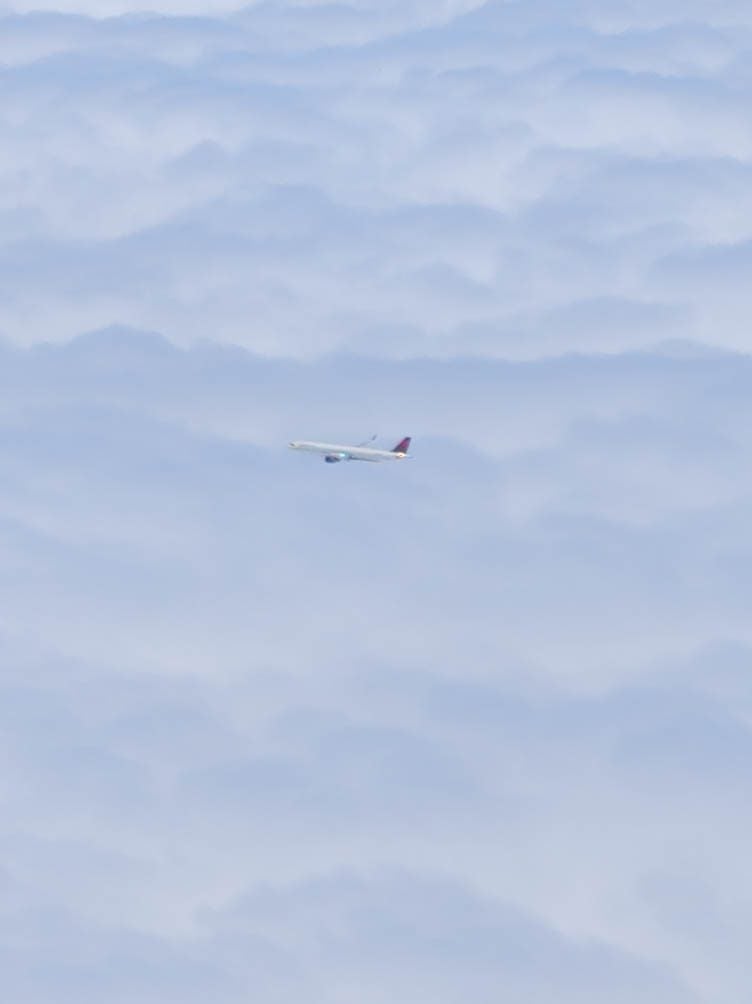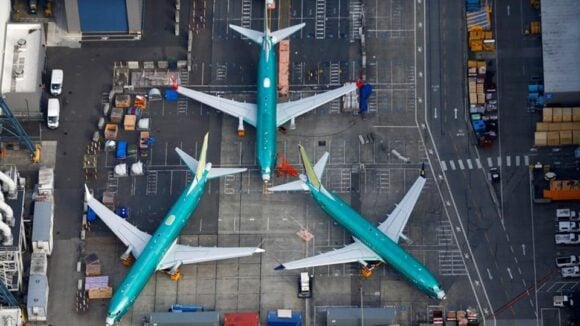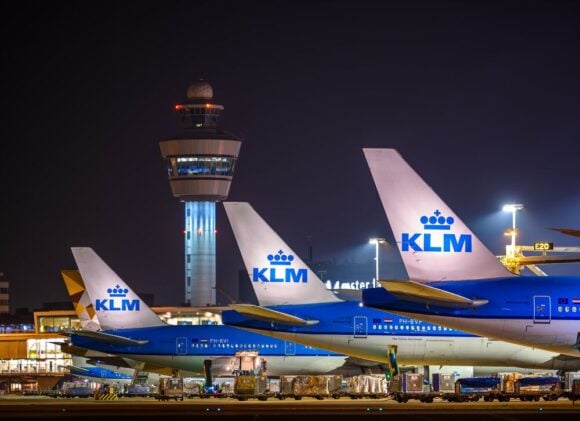
sky
The recent update of the US DOT T2 dataset continues to provide more insights. One of our models summarizes the state of the industry, and we share it publicly. You can find more public models here.
This is a big model in terms of items to review. Each major airline has its dedicated page, and there are also several industry-focused pages. Also note the menus; you can select aircraft type on several of the models. Select an airline and aircraft to track their performance.
This model is a proverbial case of “down the rabbit hole.” You can spend hours exploring the data cube. If you have the patience, you’ll be well-informed about the state of the industry as of the end of 1Q25. Though this period is long gone, history provides trends that paint a helpful picture of where we have come from and where we are likely to be going.
For example, Alaska Airlines continues to take MAX deliveries. These aircraft are exceptionally fuel-efficient, and since the airline has been focusing on MAX 9s, Alaska’s reach becomes longer and ever more fuel-efficient. Since fuel burn accounts for ~45% of operating costs, Alaska becomes a market driver as it opens longer routes across the country. This, in turn, sets off reactions from competitors. And so the ever-evolving competitive nature of the industry moves to accommodate and respond.
Long-run models like the one below provide perspective.
Views: 64




